Microplastics alter ecosystem in Auckland's Waitematā Harbour
21 November 2022
Clams, crabs, shrimp and microscopic worms live in an ecosystem fundamentally changed by tiny pieces of plastic, University of Auckland research shows.
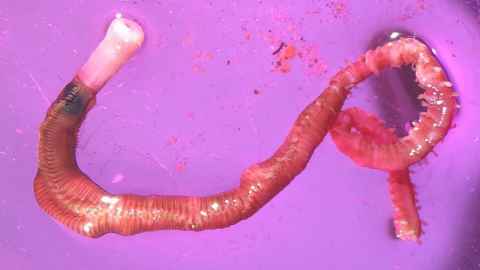
Scientist Sam Ladewig investigated how microplastics are affecting an ecosystem on intertidal flats in Auckland’s Waitematā Harbour inhabited by clams, cockles, crabs, algae and microscopic worms.
Her conclusion: nature’s fundamental cycles, such as the flow of oxygen through the system, are being altered, with uncertain effects.
The PhD candidate and her Waipapa Taumata Rau, University of Auckland colleagues sampled 16 places on intertidal flats of sand and mud in Little Shoal Bay, on the Northcote side of the Auckland Harbour Bridge, and Shoal Bay (or Oneoneroa), on the opposite side of the bridge, and Ngataringa Bay.
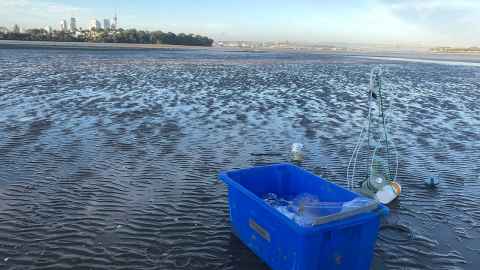
In an intertidal ecosystem, the flow of oxygen includes plants producing oxygen through photosynthesis and sea creatures consuming it.
By taking water and sediment samples from sites with varying levels of plastic pollution and conducting statistical analysis, Ladewig was able to show plastic particles affecting the cycles of both oxygen and nitrogen.
Some effects on the oxygen and nitrogen cycles seemed to vary according to an interplay between concentrations of plastics and the abundance of molluscs (those clams and cockles).
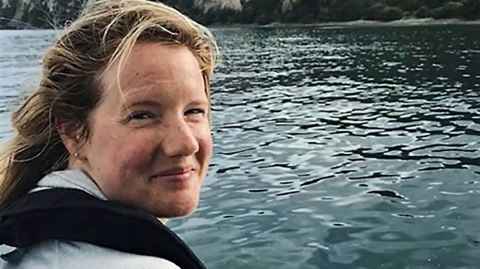
“What was different about this research was getting out of the lab to look at the real-world effects of microplastics on nature’s fundamental cycles,” says Ladewig. “As far as I know, this was the first study anywhere to do that in relation to intertidal ecosystems.”
The research focused on what scientists call “biogeochemical cycles,” the pathways that move the elements on Earth, connecting ecosystem components and maintaining life as we know it.
“Hopefully, this research will encourage people to think twice about their use of plastic and minimise it where they can,” says Ladewig.
Leaving aside ecosystem-wide effects, experiments in the lab point to myriad effects of microplastics and the toxins they leach on individual sea creatures. For example, molluscs’ respiration, filtration, metabolism and food sources can all be affected.
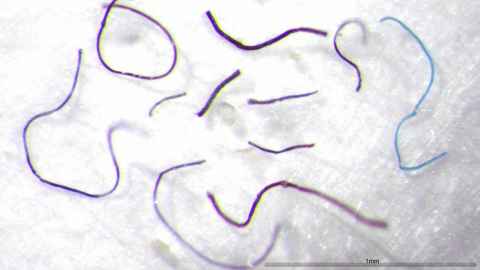
Lost fishing gear, fragments shed by car tyres and washed by rain into the ocean, Coca-Cola bottles floating down rivers, and fibres dispersed by washing synthetic clothes have all helped to make plastic ubiquitous in the marine environment.
While nations have committed to working with the United Nations to achieve a legally binding agreement to counter plastic pollution, the production of plastic is forecast to only keep increasing.
Around the world, some of the highest concentrations of microplastics are in coastal sediment. While New Zealand’s levels are lower than in many countries, every site that Ladewig sampled was polluted.
Ladewig’s co-authors on the paper, just published in Science of the Total Environment, were Professors Simon Thrush and Giovanni Coco, Dr Julie Hope and Dr Amanda Vieillard.
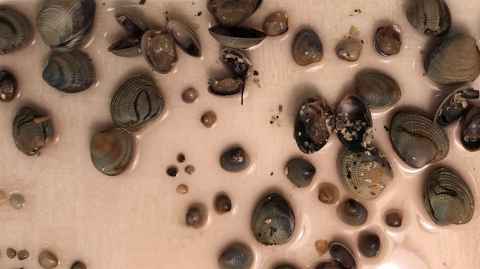
The sampling work took place in February and March 2020, just before New Zealand’s first Covid-19 lockdown.
Besides clams, cockles, crabs, algae and microscopic worms, the marine life included snails, shrimp, amphipods and isopods (which are both crustaceans), barnacles and anemones.
Microplastics are plastic particles of less than 5 millimetres in size, formed either by larger pieces of plastic breaking down or as pre-production pellets.
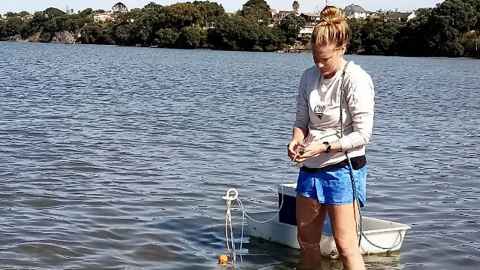
Media contact
Paul Panckhurst | media adviser
M: 022 032 8475
E: paul.panckhurst@auckland.ac.nz